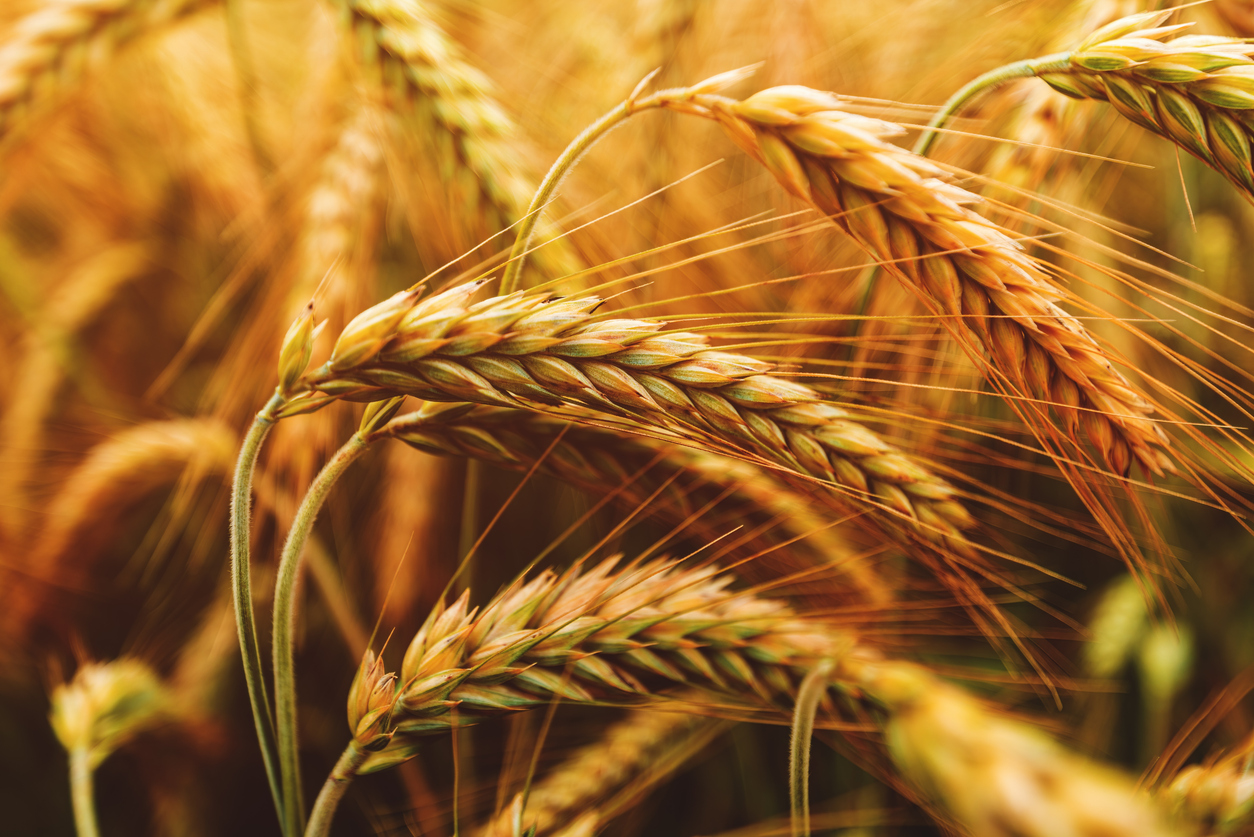
Review Paper Outlines Vital Role of Regulation in Plant Gene Editing
June 25, 2025| |
A focused review on the regulation of plant gene editing, conducted by researchers Dr. Emily Buddle, Michail Ivanov, and Professor Rachel Ankeny of The University of Adelaide's School of Humanities, emphasizes the importance of clear regulations to ensure that new technologies are used safely and responsibly.
The review, published in The Plant Journal, outlines the vital role of regulation in the innovation process by encouraging public involvement and building trust in emerging gene technologies. In a news article released by The University of Adelaide, Dr. Buddle explains that regulatory decisions are not just about scientific facts or economic benefits, but also involve value judgments, especially concerning safety, risk, and societal benefits. She added that plant scientists need to engage with diverse groups of people early and often throughout the innovation process to understand their concerns about new technologies.
Ivanov says their review challenges some common criticisms in crop sciences. “In our research experience, we often hear scientists working in agricultural genomics talk about regulation as problematic, emphasising that regulation is a ‘bottleneck' or a ‘hurdle' that limits research and innovation in crop sciences,” Ivanov says. However, he points out that calling regulation a ‘bottleneck' depends on one's perspective and goals. He adds that instead of being a bottleneck, regulation can be seen as a filter, as it helps remove elements of science and innovation that could cause problems to society or the environment.
In Australia, genetically modified and gene-edited crops are regulated by the Office of the Gene Technology Regulator (OGTR). Under the Gene Technology Act 2000 (Commonwealth), gene-edited crops were originally treated the same as genetically modified organisms. However, amendments made in 2019 mean that organisms modified using SDN-1 techniques are generally not regulated under the Act, as these changes are considered similar to those that could occur naturally or through traditional breeding.
For more details, read the article in The University of Adelaide Newsroom.
| |
You might also like:
- Report Highlights Gene Editing Regulations in Australia
- ASEAN Nations Tackle Gene Editing Applications and Science-based Regulations
- Updates on Regulatory Landscape for Gene-Edited Crops in Asia and Oceania
Biotech Updates is a weekly newsletter of ISAAA, a not-for-profit organization. It is distributed for free to over 22,000 subscribers worldwide to inform them about the key developments in biosciences, especially in biotechnology. Your support will help us in our mission to feed the world with knowledge. You can help by donating as little as $10.
-
See more articles:
-
Gene Editing Supplement (June 25, 2025)
-
Research and Tools
- Experts from India Use Gene Editing to Fight Rice Dehydration
- Scientists Use CRISPR to Develop Ideal Plant Architecture Traits in Rice
- Review Paper Outlines Vital Role of Regulation in Plant Gene Editing
-
Public Acceptance and Engagement
- German Media Shift Toward a More Favorable Stance on Gene Technology with NGTs
-
Read the latest: - Biotech Updates (November 12, 2025)
- Gene Editing Supplement (October 29, 2025)
- Gene Drive Supplement (February 22, 2023)
-
Subscribe to BU: - Share
- Tweet

